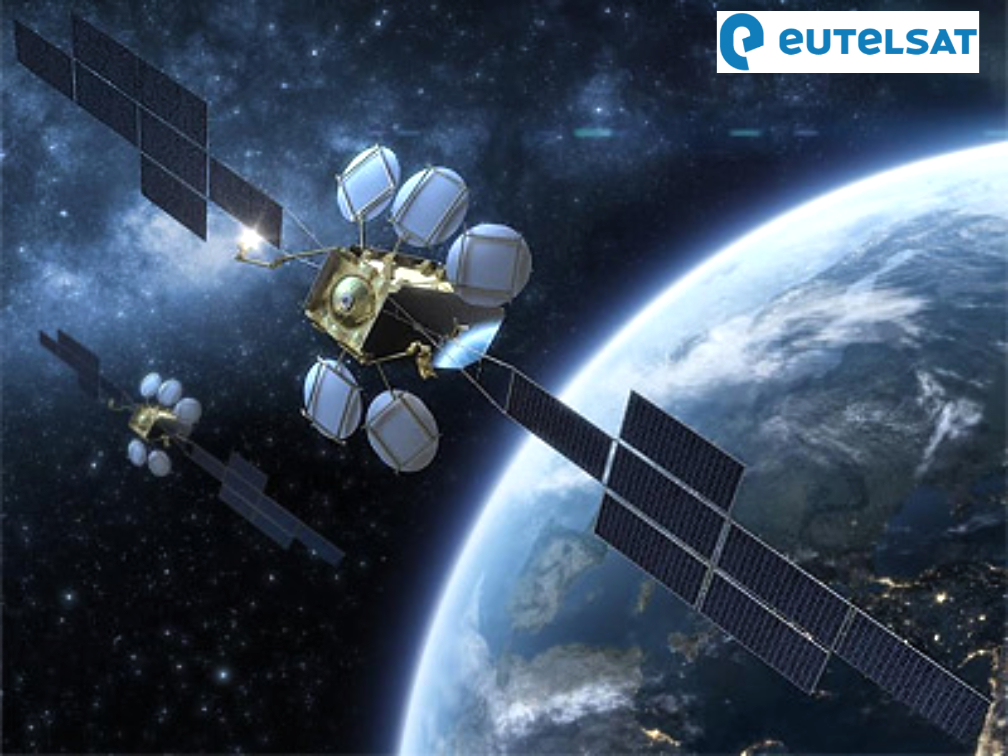
Launched onboard EUTELSAT’s Hotbird 13G satellite in November of 2022 from Cape Canaveral, the EGNOS payload transmitted the first EGNOS V3 test signals on June 1, 2023 according to the European Union Agency for the Space Program (EUSPA).
Placed in a GEO some 35,000 km away from the Earth, the payload underwent a rigorous testing phase before entering service. It is expected to have a life duration of 15 years.

Enhanced performance and increased autonomy for Europe
The next generation of EGNOS – EGNOS V3 – will augment both GPS and Galileo in the L1 and L5 bands. It is also set to provide additional satellite-based augmentation system (SBAS) service capabilities through a new SBAS channel on L5 and will deliver increased EGNOS service availability within and beyond the EU, supporting a growing number of users.

Aviation has benefited greatly from EGNOS, namely from the system’s Safety of Life service. This has enabled better access to small and regional airports, increased safety and facilitated more sustainable flight routes across Europe.
Other transport means including maritime and rail also benefit from the EGNOS Safety of Life service. Thanks to its Open Service, EGNOS also increases the positioning accuracy for other land-based applications, notably precision farming, geomatics, and land management.
Are all signals the same?
In addition to the improved user experience, the new EGNOS payload is another reaffirmation of the Union’s investment in advanced space technologies. Together with the EGNOS GEO-5 and with the deployment of the next generation Galileo satellites, Europe further increases its autonomous access to space.

EGNOS uses GNSS measurements taken by reference stations deployed mainly across Europe and North Africa. These measurements are transferred to a central computing center where differential corrections and integrity messages are calculated. These calculations are then broadcast over the covered area using geostationary satellites that serve as an augmentation, or overlay, to the original GNSS message.
The information provided by EGNOS improves the accuracy and reliability of GNSS positioning information while also providing a crucial integrity message. In addition, EGNOS also transmits an accurate time signal.
“With the new payload in service, the EGNOS Space segment is now fully ready for the move to the next generation, EGNOS V3. Our role at EUSPA is to ensure the operability and the safety of the system with the core aim to benefit end users.”
— Jean-Marc Piéplu, EGNOS Exploitation Program Manager at EUSPA
